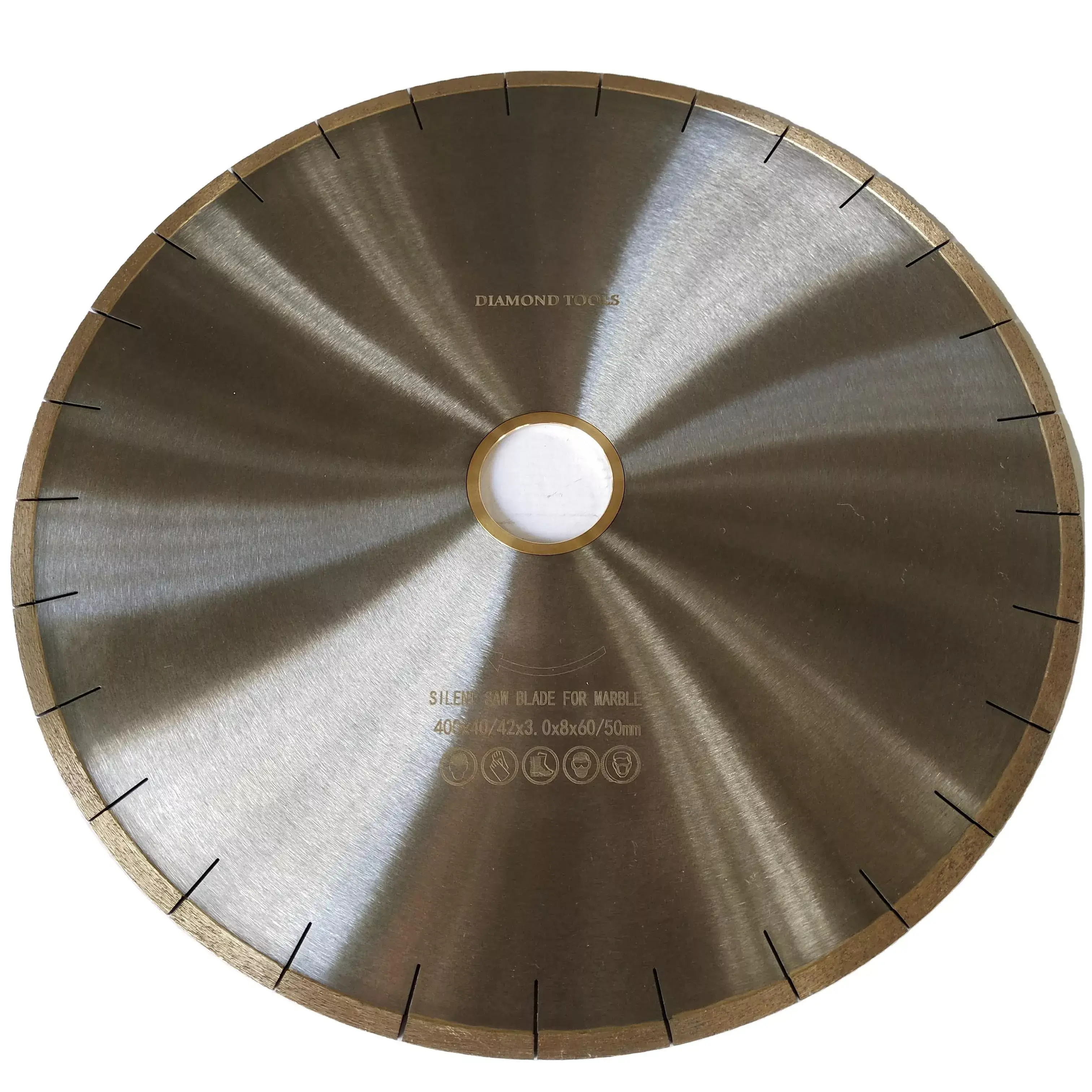Global Leading Diamond Tool Manufacturer.
Diamond vs. Ceramic Bonds for Stone Cutting Discs
Properties of Diamond and Ceramic Bonds
Diamond Bonds
Diamond bonds are known for their exceptional hardness and wear resistance, making them ideal for cutting a wide range of hard stone materials. Their superior adhesion ensures a strong bond with the stone, enabling efficient material removal with minimal wear. Additionally, their resistance to thermal expansion is a crucial factor in maintaining performance in environments with fluctuating temperatures.
Key Industries:
- Construction: Diamond bonds are commonly used in construction for cutting granite, quartz, and marble with precision and durability.
- Quarrying: Their robustness makes them suitable for extracting a variety of stone materials from quarries.

Ceramic Bonds
Ceramic bonds are renowned for their excellent chemical and thermal stability, making them suitable for heavy-duty stone cutting applications. They provide a good balance between cutting efficiency and cost-effectiveness, ensuring long-lasting performance in industrial settings.
Key Industries:
- Manufacturing: Ceramic bonds are often used in manufacturing facilities for cutting marble and other heavy-duty stones.
- Tile Production: Their durability and resistance to chemicals make them a trusted choice in tile production.
Advantages and Disadvantages
Diamond Bonds
- Advantages:
- Cutting Performance: Superior cutting performance and precision, ensuring clean cuts with minimal material waste.
- Tool Life: Extended tool life, particularly in hard material applications, reducing downtime and wear.
- Adhesion: Strong adhesion ensures efficient material removal, making them a favorite among professionals.
- Disadvantages:
- Cost: Higher initial cost due to the quality and materials used.
- Susceptibility: More prone to chipping and cracking under stress, which can impact longevity.
- Thermal Stability: Lower thermal stability in extreme temperature environments, potentially leading to performance issues.
Ceramic Bonds
- Advantages:
- Cost-Effectiveness: Excellent cost-effectiveness and long-lasting nature, making them a practical choice for many applications.
- Durability: Reliable performance in industrial settings, especially for heavy-duty tasks.
- Chemical and Thermal Stability: Good resistance to temperature fluctuations and chemicals, extending the lifespan of tools.
- Disadvantages:
- Cutting Efficiency: Lower cutting efficiency compared to diamond bonds, which can impact productivity.
- Adhesion: Lower adhesion under pressure can lead to less efficient material removal.
- Maintenance: Requires regular maintenance to maintain optimal performance.
Real-World Applications
High-Precision Granite Cutting in Construction
A construction company needed to cut intricate designs into granite blocks for a high-end property. They chose diamond bonds, which provided the necessary precision for the task. The diamonds' high thermal stability ensured the cutting process remained efficient even under fluctuating temperatures. The resulting design was clean and precise, meeting the projects high standards. However, if extreme heat were encountered, the lower thermal stability of ceramic bonds could have compromised the tools integrity.
Durable Stone Cutting in an Industrial Facility
An industrial facility was tasked with cutting marble slabs for interior designs, emphasizing durability and longevity. They opted for ceramic bonds, which provided excellent chemical resistance and thermal stability. This choice ensured the cutting process remained efficient and the tools lasted longer, reducing maintenance needs. While diamond bonds could offer higher precision, the facilitys focus on durability made ceramic bonds the more suitable choice.
Final Summary: Choosing the Right Bond for Your Stone Cutting Needs
Exploring the best options for stone cutting discs involves considering the unique needs of your project. Diamond bonds excel in precision and thermal stability, making them ideal for high-precision tasks in challenging environments. Ceramic bonds, on the other hand, offer cost-effectiveness and durability, ensuring reliable performance in heavy-duty applications. By understanding your projects specific requirements, you can select the bond that provides the best performance and longevity, ensuring your cutting process is both efficient and reliable.
In todays demanding stone cutting industry, the right material can make all the difference. Whether you're working with delicate stones or durable materials, choosing between diamond and ceramic bonds requires careful consideration of your projects demands. By weighing precision, durability, and thermal stability, you can select the bond that aligns with your projects goals, ensuring optimal results every time.

